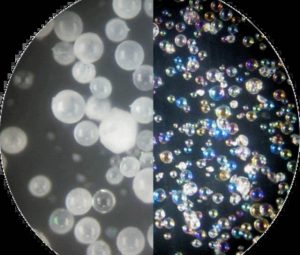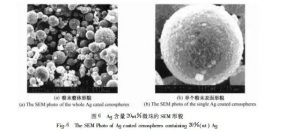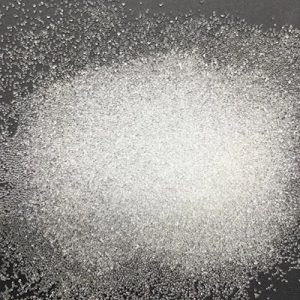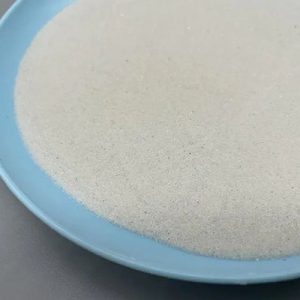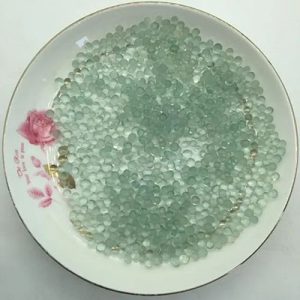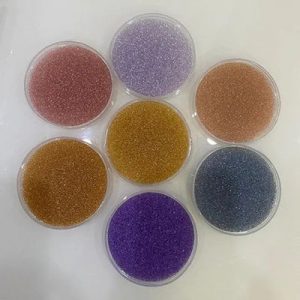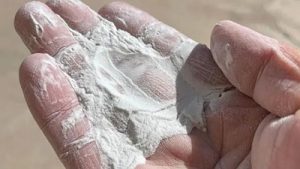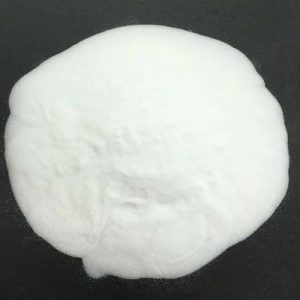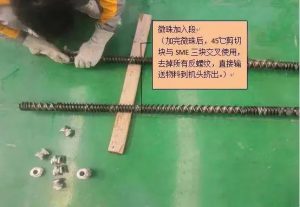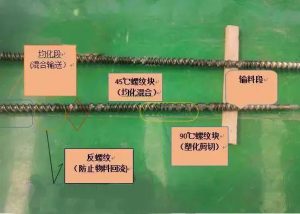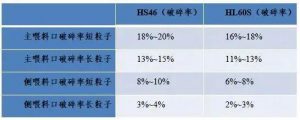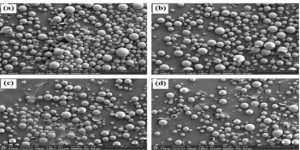During the process of bilateral cooperation, Lu Jianping said that everyone has never been “red faced”. “Even if we encounter some problems, it is our main line to communicate quickly and clearly, maximize cooperation, minimize disputes, and achieve harmonious development.”
Jingjiang in late spring ushered in another continuous drizzle. Although this is a weekend, Song Guangzhi, who arrived overnight from Beijing, did not come here to enjoy the spring scenery along the Yangtze River. He quickly finished his breakfast and immediately began the day’s work.
Song Guangzhi is a researcher of the Institute of Physical and Chemical Technology of the Chinese Academy of Sciences (hereinafter referred to as the Institute). He and his colleague Zhang Jingjie led the team to put the industrial work of the hollow microsphere project here. In January 2013, the Institute of Physical and Chemical Technology and the local enterprise Jiangsu Huaxing Heavy Industry Machinery Manufacturing Co., Ltd. jointly established Zhongke Huaxing Jingjiang New Material Engineering Co., Ltd.
The purpose of his trip is to provide on-site technical guidance to the Zhongke Huaxing workshop.
“We both have quite high expectations for the cooperation of this project,” Lu Jianping, General Manager of China Science Huaxing, said in an interview with China Science Daily. “Currently, we are advancing in the expected direction in an orderly manner, and we believe that we will succeed in the future.”
“Love at first sight”
Lu Jianping said that as a business owner, he hopes that the cooperation with scientists from the Chinese Academy of Sciences will bring not only economic benefits, but also social benefits.
With the support of the national “863” plan, the hollow glass microbeads project developed by the Institute of Physics and Chemistry has independent intellectual property rights. In today’s era of increasing attention to environmental issues, the introduction of environmentally friendly new materials into the market is a positive response made by enterprises and research institutes.
After encountering the hollow glass micro bead project of the Institute of Physics and Chemistry, CSHI is facing the challenge of enterprise transformation and upgrading.
A series of factors, such as the appreciation of the RMB, inflation, rising labor costs, and the international financial crisis, continue to stimulate the nerves of domestic small and medium-sized enterprises, affecting the development of some small and medium-sized enterprises to a large extent. Many enterprises are facing unprecedented difficulties and challenges in their production and operation.
Although Huaxing Heavy Industry is not here yet, it hopes to take precautions. “Therefore, transformation and upgrading have been put on our agenda,” Lu Jianping admitted. This time, he will lead the team to take the path of “innovation main body”.
In 2012, a trip to Beijing for scriptures became a transfer. At that time, the Jingjiang Science and Technology Bureau led a team and led dozens of Jingjiang enterprises to investigate projects at several research institutes of the Chinese Academy of Sciences.
After arriving at the Institute of Physics and Chemistry, a leader of the Jingjiang Science and Technology Bureau discovered that the entrepreneur around him, Lu Jianping, had “disappeared.”. It turned out that he had a crush on the hollow micro bead project of Song Guangzhi and Zhang Jingjie at a glance, and had already started the industrialization discussion together with scientific researchers.
“We are grafting advanced technology from the Chinese Academy of Sciences at a high level, aiming to create an energy-saving and environmentally friendly building material industrialization base, and seeking a breakthrough in self transformation,” he said.
Small beads with high energy
Therefore, through the Jingjiang Municipal Bureau of Science and Technology, Huaxing Heavy Industry and the Institute of Physics and Chemistry were engaged in a marriage. “This has also become one of the key factors that our cooperation can achieve,” Lu Jianping said.
Under a high-power electron microscope, high-performance hollow glass microspheres appear to be crystal clear hollow glass beads. Due to this unique structure at a very small scale, hollow glass beads have become a new type of lightweight material with extensive uses and excellent performance that has been developed in recent years.
Song Guangzhi and Zhang Jingjie have developed advanced preparation techniques for hollow glass microspheres over the past decades. In December 2006, the technical achievement of “surface modification of hollow glass beads” passed the appraisal jointly organized by relevant departments and the Chinese Academy of Sciences.
Since then, with the continuous support of projects such as the National “863” Plan, the Institute of Physics and Chemistry has continuously deepened its research on hollow glass microspheres, optimized its preparation technology and production process, and continuously improved its product performance.
The research results of hollow glass microspheres have been gradually improved, laying a solid foundation for industrialization. For China Science and Technology Huaxing, the purpose of industrialization is very clear. “We have conducted multiple surveys and tests to determine the main development route of environmentally friendly building materials,” Lu Jianping said.
Although any new product needs to undergo a period of testing to enter the market, he is confident: “Currently, there are not many environmentally friendly building materials on the market, which is a great opportunity for us to enter the market.”
Lu Jianping said that currently, partners have used and tested Zhongke Huaxing’s products, and customers are very excited about Zhongke Huaxing’s products.
“Two sets of thinking” do not exist
During the process of bilateral cooperation, Lu Jianping said that everyone has never been “red faced”. “After we encounter some issues, we quickly communicate clearly to maximize cooperation and minimize disputes. Harmonious development is our main line.”
Lu Jianping disagrees with the statement that scientists and entrepreneurs have “two sets of thinking modes” and hinder the cooperation between scientific research institutions and enterprises: “because what we pursue in cooperation is win-win.” It is true that the thinking of scientific researchers is more inclined to the progressiveness of achievements; The thinking of enterprises is more biased towards cost control. “But there is no conflict between the two. The progressiveness nature of the results does not mean that the cost is increased or uncontrollable. On the contrary, it can promote production process innovation and achieve the effect of reducing costs.” Lu Jianping said.
On the other hand, Zhongke Huaxing’s business thinking is not blindly pursuing profit maximization. “We have a long-term strategic plan, and maintaining the progressiveness of scientific research achievements is the constant purpose in our enterprise development plan.” He said.
In the cooperation, the Institute of Physics and Chemistry and China Science and Technology Huaxing understand each other and learn from each other’s strengths to complement each other. What the enterprise possesses is business strategy and practical experience, while what the scientific research institutions possess is the basic conditions for conducting research work, advanced technology, and scientific logical thinking methods. The combination of the two will greatly contribute to the long-term development of both sides.
ARTICLE SOURCE: China Science Daily
